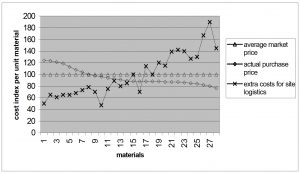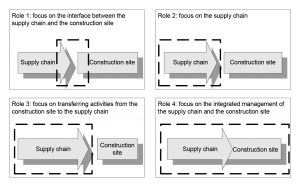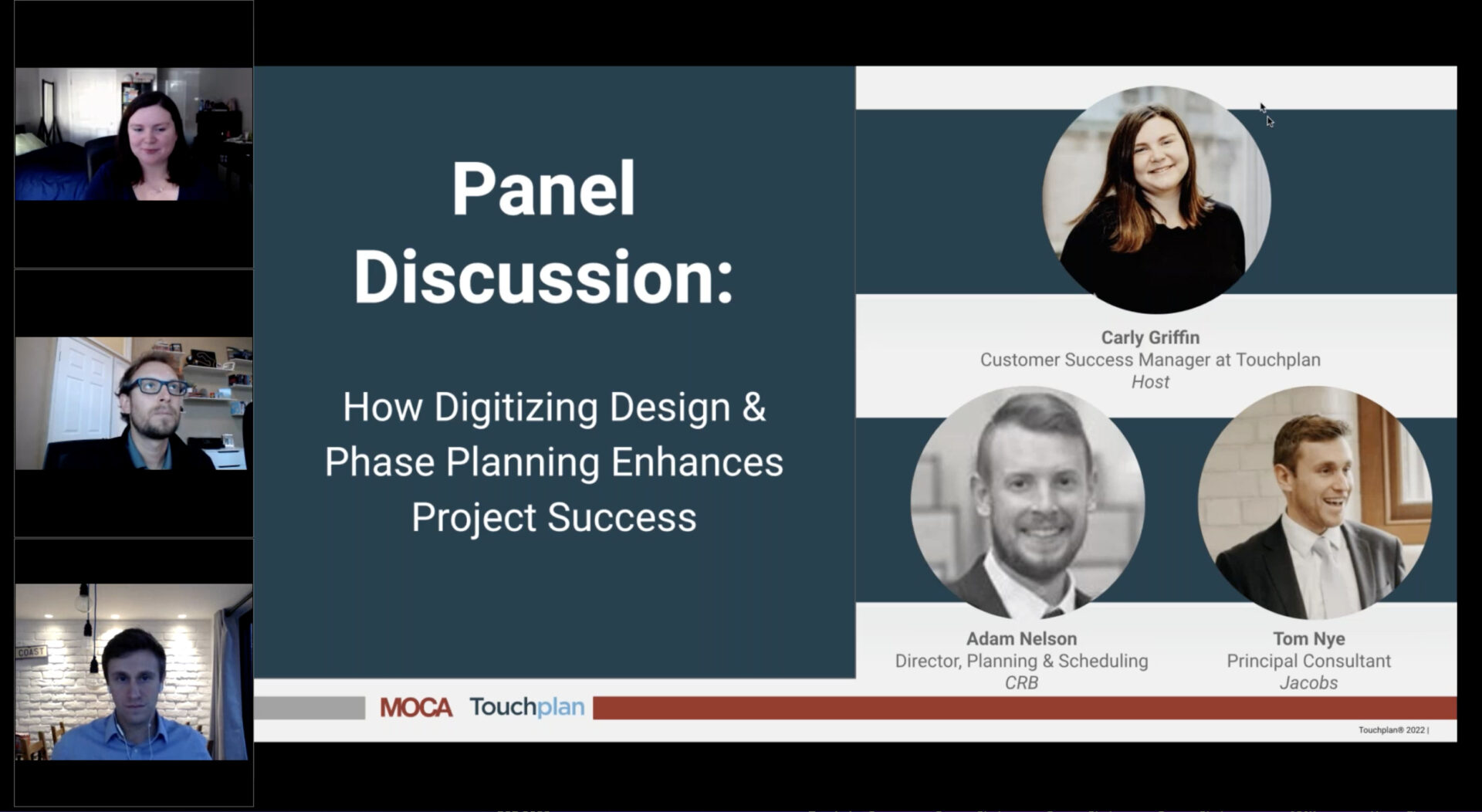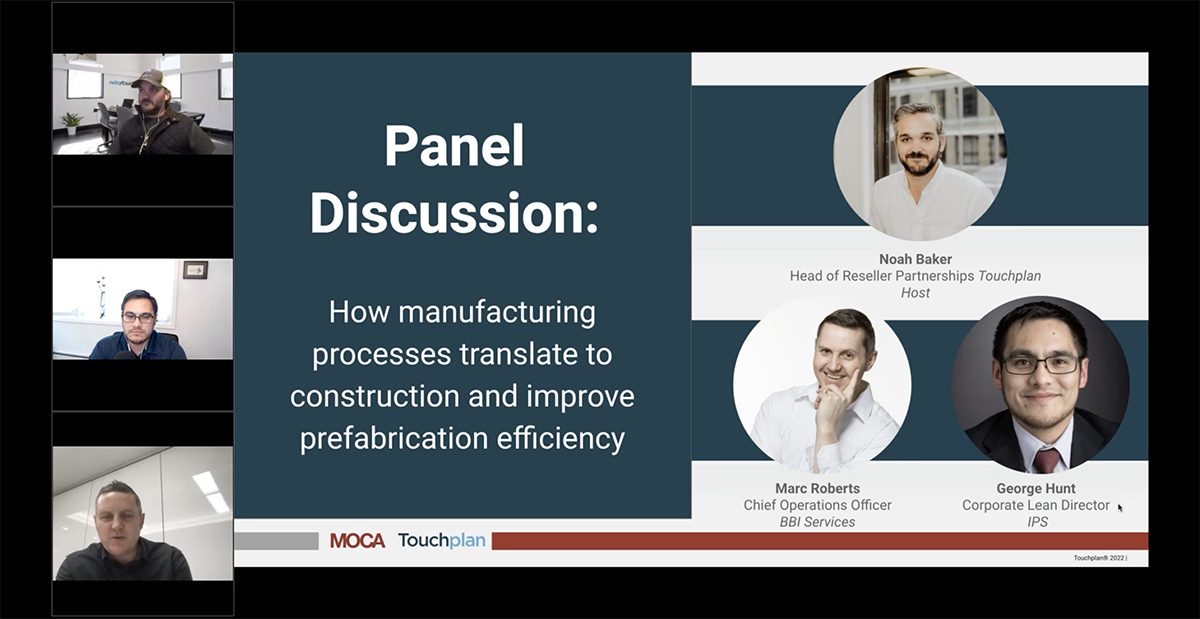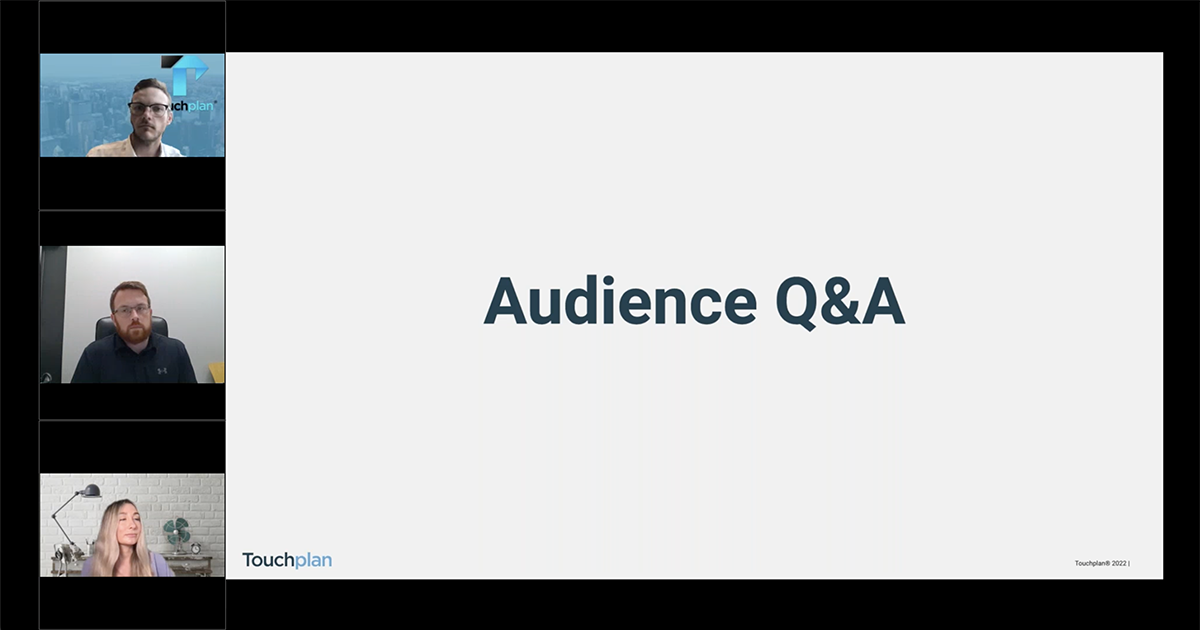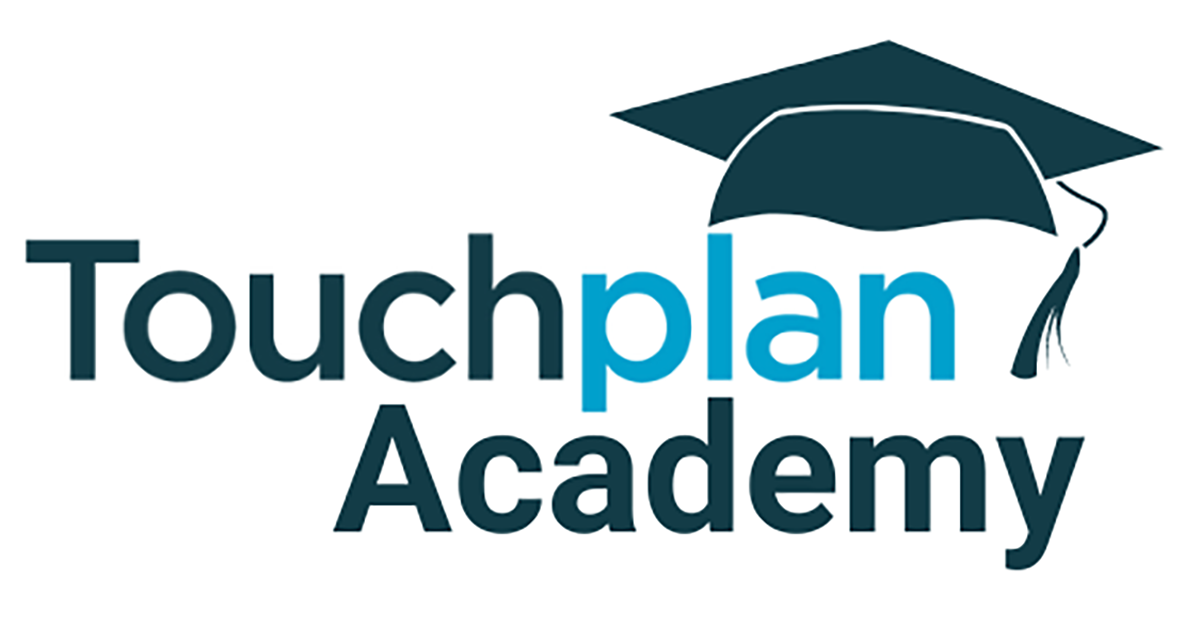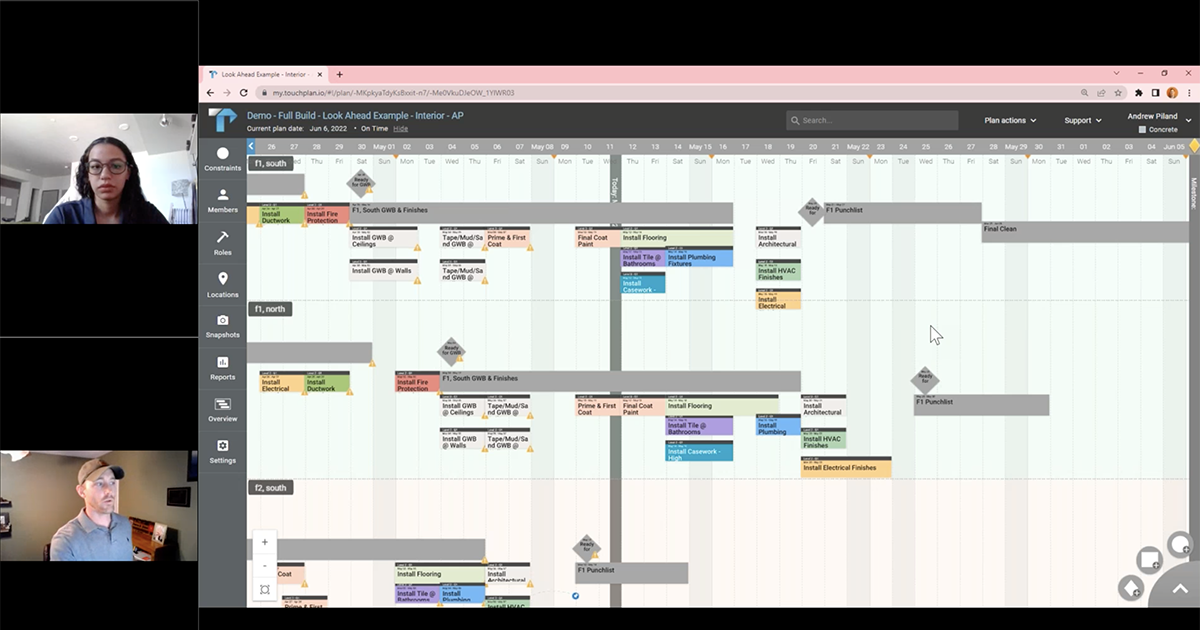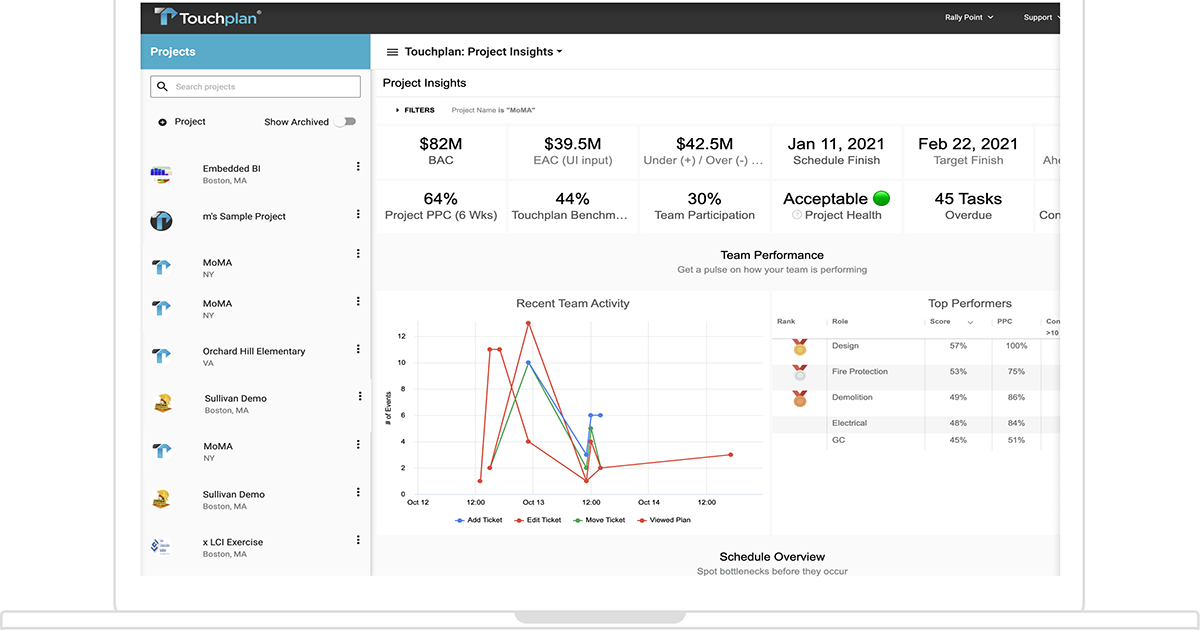How do we operate in today’s supply chain environment? Collaborate and think outside the box.
Collaboration
The trick to collaboration is realizing that no single person has the right answer.
When a construction project has to call an audible to get around supply chain issues, more than one person has to be involved.
- The designer
- The supplier(s)
- The project manager
- The installer
Imagine getting all four of these personas in a room together to solve a problem. Although it does happen, it is the exception to the rule. A project manager must first align everyone on the principle that the owner’s satisfaction is the ultimate goal and then facilitate productive discussion. It is similar to a Last Planner System® approach, but instead of talking about coordinating hand-offs between trades, we are aligning conditions of satisfaction across stakeholders.
This is uncomfortable, and most organizations collaborate well intra-enterprise. The graphic below is an example of a supply chain maturity chart, with collaboration on the x-axis and performance on the y-axis. As it turns out, supply chain performance is directly related to how well organizations work together.
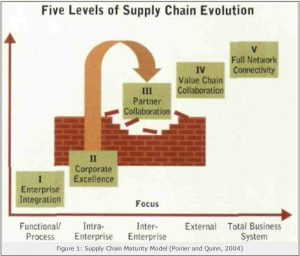
From what I have seen in the construction industry, my sense is that we are, on average, somewhere between levels 1 and 2.
Here’s a quick excerpt from Charles C. Poirier et al. called Diagnosing Greatness: Ten Traits of the Best Supply Chains: “To Progress from level 2 to level 3, a firm must surmount a formidable cultural barrier. The idea of sharing valuable information to establish an inter-enterprise network with external parties – the central tenet of level 3-is alien to upper management in many companies. Accordingly, they resist attempts to extend supply chain improvement efforts beyond their internal four walls. The innovators find a way to overcome that resistance. They poke through the four walls by working with one or two key suppliers….”
Perhaps your organization is at Level 2, and you want to go further. Building a close relationship with some key partners and including them as negotiated contractors is a good start.
Thinking Outside the Box
Here’s a quick and broad vignette.
Last month, I was at a data center construction conference, and an electrical contractor told a story about how they could not get a particular electrical component in a suitable amount of time for an upcoming project. The lead time was more than six months, and there were no alternative suppliers.
What did they do? They reverse-engineered and manufactured the component themselves and got it UL certified. They then built a business to sell components to their competitors by establishing this manufacturing capability.
The first thing that this electrical contractor did well was to identify the shortfall before the project started. They likely used historical procurement data to identify items with long lead times, but then they followed up by validating at the beginning of the project. This does not happen enough, and it ties back to one of the themes of this blog series: Project managers are supply chain managers, and supply chain managers have to know the status of their supply chain.
Collaboration and thinking outside the box both carry risks. It is not like we just start doing these things, and everything gets better overnight. Other industries have far exceeded construction in their capability to build collaborative and integrated supply chains.
As the Chinese proverb states, “A journey of a thousand miles begins with a single step.”


